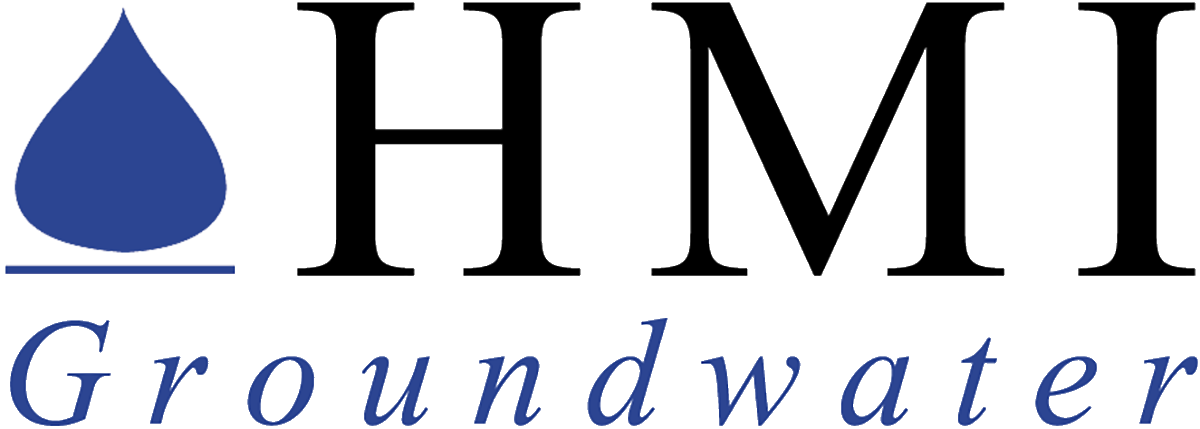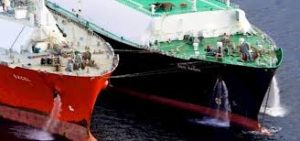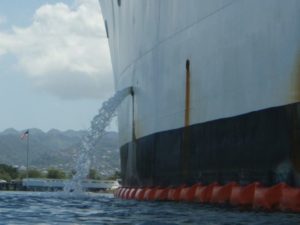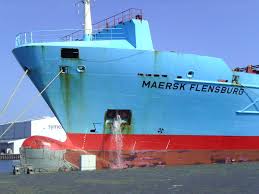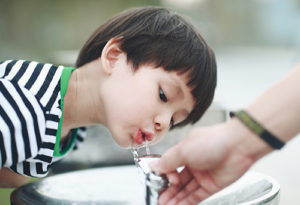The discharge of ballast water, used to provide vessel stability, may introduce aquatic non-indigenous species into Oregon waterways, potentially resulting in ecological damage, economic costs and/or human health concerns. Since 2002, DEQ has authority under the Oregon Legislature to implement and enforce ballast water management regulations in an effort to reduce the risk of introducing new aquatic invasive species. State regulations on ballast water management require that all regulated vessels submit ballast water management reports to DEQ at least 24 hours prior to entry into the state. Vessels intending to discharge ballast water into waters of the state must perform necessary management practices, as described in Oregon Revised Statute 783.620-640, prior to discharge. All regulated vessels are subject to boarding, inspection and ballast water sampling verification by state inspectors. As described in ORS 783.990-992, vessel operators/owners not in compliance with Oregon ballast water management regulations are subject to fines up to $25,000 per violation per day and/or civil penalties.
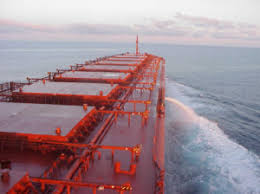
Stopping Ballast Water
More than 185 aquatic invasive species have entered the Great Lakes, including zebra mussels and quagga mussels.
